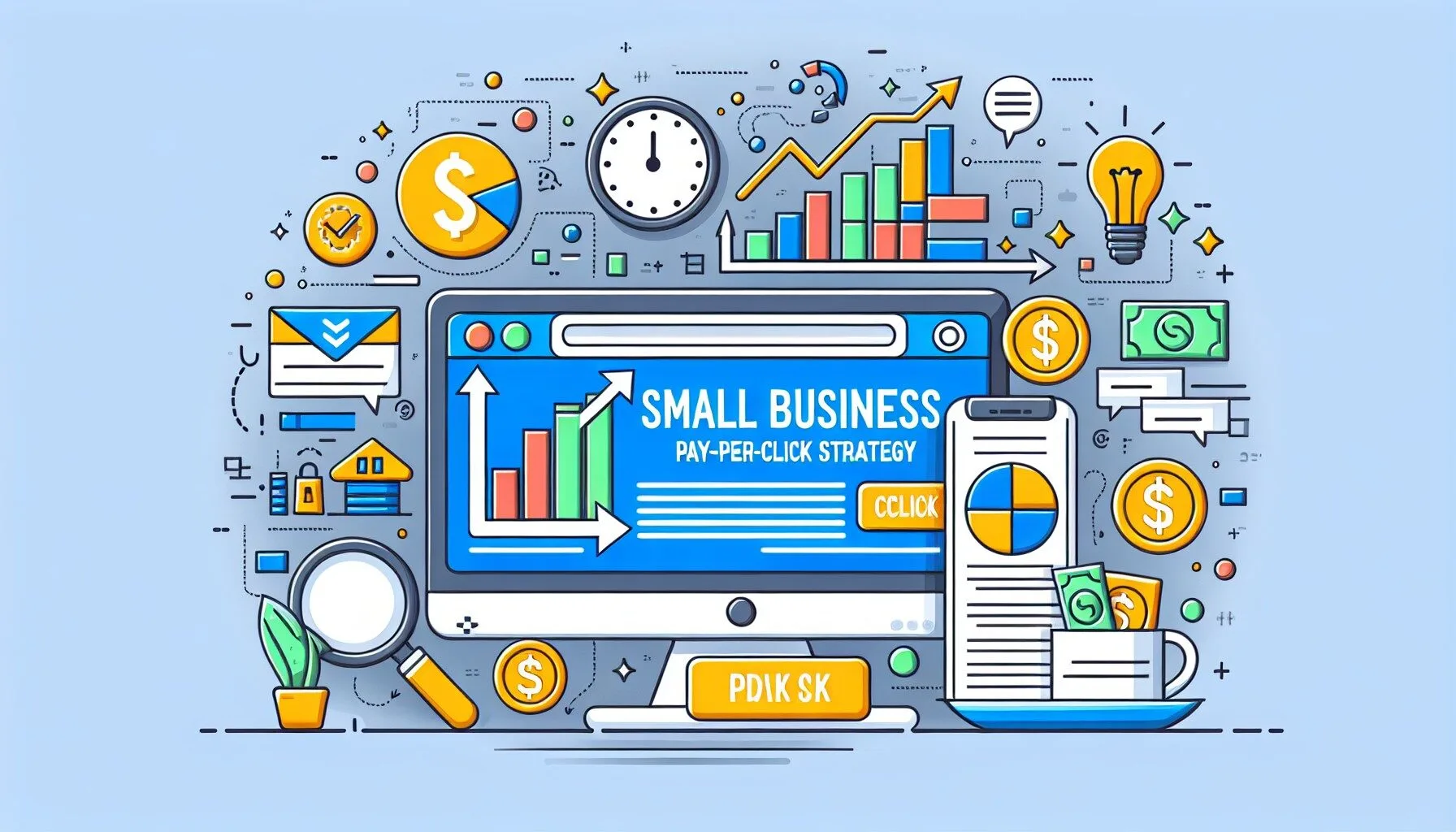If you feel like your marketing budget never stretches far enough, you’re not alone. A small business co-marketing strategy could be your shortcut to reaching fresh audiences, boosting impact, and saving on costs. Co-marketing is all about teaming up with another business that complements what you do, and together you both promote each other’s offerings. Instead of going it alone, you join forces to amplify reach and brand visibility—often doubling (or even tripling) results without blowing up your budget.
Embrace co-marketing for growth
Think of co-marketing as a friendly tag team. You and your partner both bring unique strengths to the table—could be a fantastic email list, strong social media presence, or killer content creation chops. When you combine these strengths, you share costs and get to tap into each other’s audience. According to some data, co-marketing campaigns have even fueled up to a 200% spike in win rates for companies using partner ecosystems.
Benefits you can expect
- Bigger audience reach with half the financial outlay.
- New leads from your partner’s pool of potential customers.
- Reduced production costs because you split the bill for ads or content.
It’s basically a win-win, as long as you’re both transparent about your goals and resources.
Understand co-marketing vs co-selling
Sometimes, co-marketing gets mixed up with co-selling. The chart below lays out the differences to avoid confusion:
| Aspect | Co-marketing | Co-selling |
|---|---|---|
| Focus | Joint promotional efforts | Joint selling of bundled products/services |
| Revenue split | Typically separate | Usually shared |
| Main objective | Grow brand awareness and leads | Drive sales through combined offerings |
| Example | Creating a whitepaper together | Offering a joint subscription package to both bases |
Co-selling is all about joining forces on actual sales, while co-marketing spotlights shared promotional efforts that generate broader awareness for both brands.
Pick the right partner
Wondering where to find a partner who’s just as excited about co-marketing as you? Start by thinking about businesses in your network that serve a similar audience but offer complementary products or services. If you run a local bakery, maybe you pair up with a coffee roaster. If you run a boutique design firm, an agency that focuses on web development might be the perfect match.
A few basic boxes to check:
- Shared target customers (with minimal overlap).
- Aligned brand values and reputation.
- Willingness to communicate and share resources.
If you want to dig even deeper into forming powerful alliances, you might explore more specialized tactics in a small business partnership strategy.
Plan and execute your campaign
Teaming up successfully often comes down to good planning, strong communication, and setting clear goals. Here’s a quick outline to get you started:
- Define your goal:
Do you want more email subscribers, high-quality leads, or direct sales? Align on a measurable objective so you both know what success looks like. - Establish your budget and timeline:
Agree on how much each of you can spend. Then decide on deadlines for creating, reviewing, and launching any co-branded content. - Brainstorm campaign ideas:
- Co-branded eBooks or guides.
- Joint webinars or live streams.
- Social media giveaways featuring both brands.
- Draft a co-marketing agreement:
Clearly outline responsibilities, content ownership, promotional channels, and how you’ll track results. - Collaborate on content creation:
Whether it’s videos, blog posts, or email sequences, make sure both brands’ voices shine through. - Launch and monitor:
Roll out your campaign across both marketing channels—newsletters, social media, blogs, or paid ads—then keep an eye on lead flow and audience engagement.
Not sure where to start with your overall plan? Check out our guide on small business marketing strategy to see how co-marketing fits into your bigger picture.
Track what matters
Without measurement, it’s tough to know if your small business co-marketing strategy truly worked. You don’t need fancy tools to track the basics. At minimum, pick metrics that tie back to your goal:
- Number of new emails collected
- Sales generated from co-branded promotions
- Website traffic from your partner’s audience
- Social media engagement or new followers
Create a quick spreadsheet (or use a data-tracking platform) to watch trends over time. When you discover specific content or ads that outperform the rest, pivot your resources to double down on those tactics.
Avoid common pitfalls
While co-marketing can feel like a dream come true, it’s not all sunshine. Here are a few snags to look out for:
- Misaligned messaging: If your brand tone is playful but your partner’s is ultra-formal, your combined content could confuse readers.
- Unbalanced effort: Co-marketing only works if both partners do their fair share.
- Resource drain: Complex partnerships can become time-intensive, so keep an eye on how much energy you’re putting in vs what you get back.
Open communication and a straightforward contract usually solve most issues before they spiral into major problems.
Next steps for success
Co-marketing might feel like a leap, but it can unlock incredible growth without crushing your marketing budget. If you want a steadier flow of leads or to expand your reach without going it alone, consider teaming up with a compatible brand. You can also explore a digital marketing strategy for small businesses to bolster your online presence before you collaborate.
Finally, if your goal is consistent revenue growth, consider scheduling a free Marketing Strategy Review. You’ll spot hidden profit leaks, zero in on your biggest growth opportunities, and set clearer targets for the future. With a well-crafted small business co-marketing strategy and a solid plan to back it up, you’ll be primed for success—one partner at a time!




